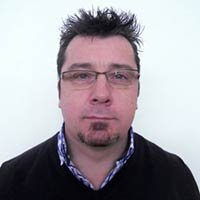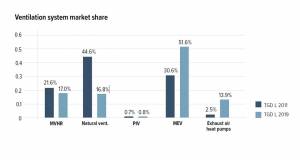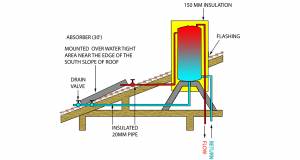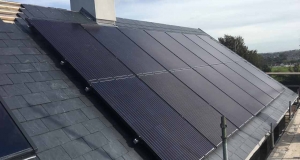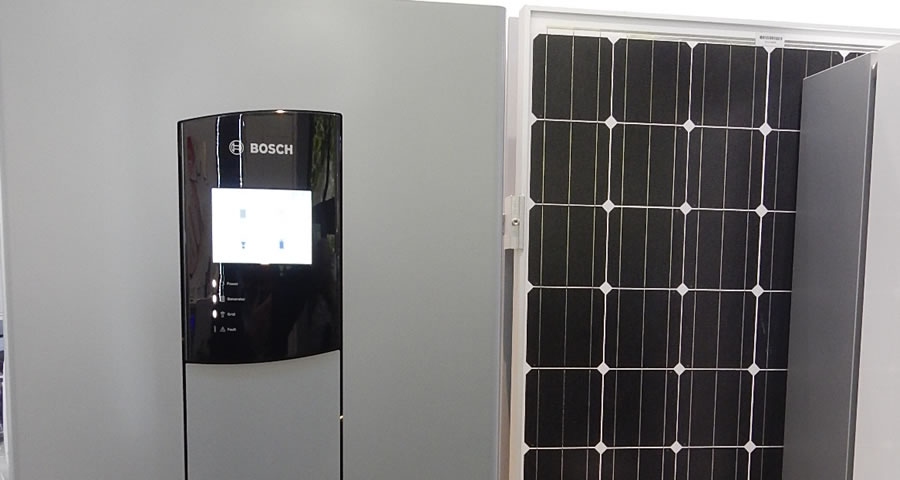
- Blogs
- Posted
BAU 2015 – the missing link (why is solar PV disconnected?)
The expression ‘from a needle to an anchor’ comes to mind after having spent a day walking through the 17 halls of the Munich Exhibition for the biennial BAU.
The statistics related to the world’s largest construction exhibition are staggering. Virtually any aspect of construction from deep below ground to the highest building technology and all of the composite pieces in between are here represented by a myriad of exhibitors from a large range of countries. Naturally the host country of Germany has the lion’s share but there is an interesting mix from across the rest of the EU too and beyond.
The core themes of the show in 2015 are:
1. Energy & resource efficiency
2. Buildings & their users
3. Intelligent urbanisation
On the first day of the show it is surprisingly easily to get around. Speaking to many of the exhibitors on various stands it is clear who is not here – many of the eastern European countries and particularly the Russians. This is for me the first clear indication that the sanctions are biting and if the companies are not here now then the knock-on effect will be felt over the years to come.
So what’s new? In terms of energy efficiency the confluence of technologies where one piece of equipment the size of a double fridge will house an ‘energy system’ (e.g. gas boiler/heat pump + hot water cylinder + mechanical ventilation system) is becoming more commonplace. Many of the major manufactures have at least one such unit on display.
This is possibly a precursor to our own experience in Ireland – certainly where low energy buildings are being built with good/very good levels of airtightness designed/achieved and the crossover between Part L and F is starting to clash. The potential savings in terms of space and reduced labour could prove attractive to builders/developers in the near future.
Photovoltaic – the use it or lose it problem
The use of a photovoltaic system to generate locally produced electricity capturing energy for ‘free’ from the sun is hard to argue against. Particularly when the primary energy factor in Ireland means the installation of PV modules means that Part L compliance is so much easier and more cost-effective to achieve versus pesky things such as a wood burning only stove in conjunction with a solar thermal system with moving parts etc.
So it is a win-win situation? Not quite so!
On the vast majority of projects that we have seen, solar PV is being used to get the dwelling below the Maximum Permitted Energy Performance Coefficient (MPEPC) and is done very effectively using various manufacturers’ efficient and ‘outward and visible signs’ of energy efficient products. The real problem if we are to be honest that in real terms where these are being used on a typical three bedroom semi-detached house the end user is getting virtually zero benefit from their investment in technology.
The reality is that currently in Ireland there is almost a complete disconnect between the work week electrical energy production (WWEEP) of PV flourishing across Ireland’s roofs and the potential. Typically any electrical generation during the normal work day goes unused as the homeowner currently has no incentive for feeding instantaneous production back into the grid, with Electric Ireland recently ending its REFIT for microgenerators, as Passive House Plus revealed in issue 9. Due to capital costs, this energy typically isn’t stored locally in batteries or cleverly being dumped into buffers in the form of heating the domestic hot water cylinder.
It is clear in light of the unattractiveness or unavailability of a feed in tariff that the system suppliers must come up with a cost-effective way to either store electricity locally/communally or use it to offset energy consumption more immediately. On display on the Buderus stand is a Bosch lithium-ion (Li-ion) power storage unit which is the first of what appears to be a practical sized installation suitable for a domestic dwelling.
In the absence of a feed in tariff, the gauntlet is being thrown down to current suppliers in Ireland to introduce a mechanism whereby electricity being produced during the day is used practically or is stored in some type of device like the aforementioned power storage unit.
I understand from speaking to many PV suppliers that they are working on such interfaces to allow the electricity being produced during the day to be diverted towards for example heating the water in the cylinder, thereby reducing the demand on the primary heating system – I look forward to seeing it soon in reality!
BAU runs until 24th January and is well worth a visit for anyone who wants to see what is coming up in the industry over the next couple of years.

